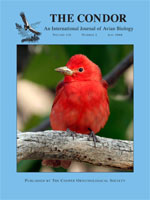Articles (3)
Feature Articles (15)
Book Reviews (5)

No abstract available
No abstract available
No abstract available
No abstract available
No abstract available
No abstract available
No abstract available
